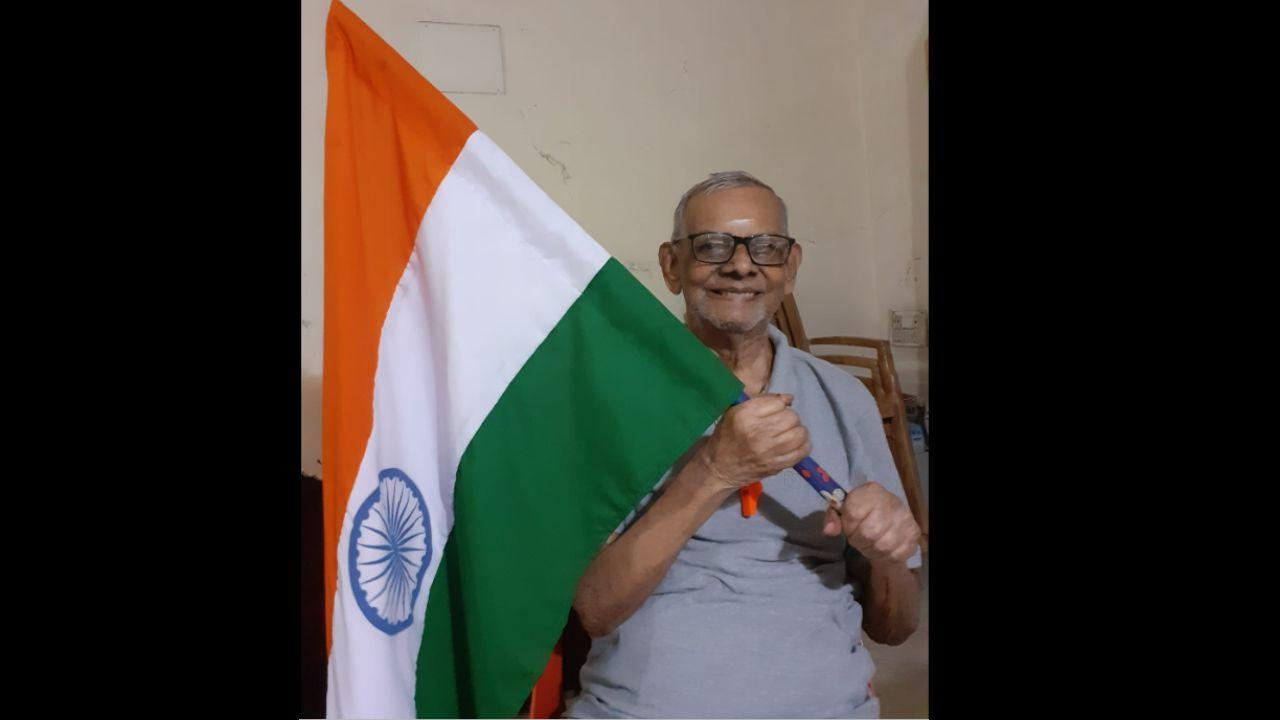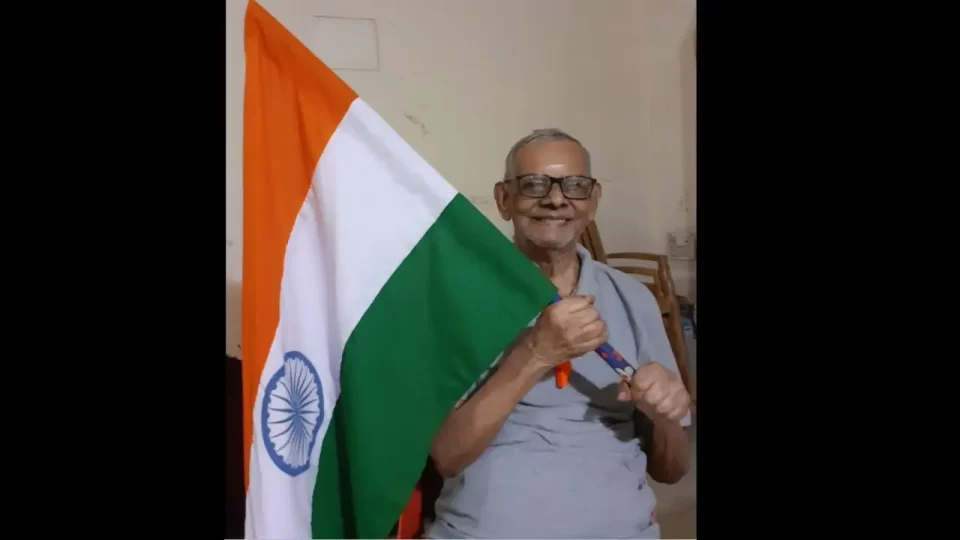
Dr Ananthan Ramakrishna Pillai, who led India’s fight against leprosy, has passed away at the age of 97. He breathed his last on September 29, an official statement said.
Dr Pillai was moved by the plight of underprivileged and disabled individuals.
He dedicated his life to fighting the social evils born from centuries of injustice against the downtrodden and the poor.
Born on July 3, 1928, Dr Pillai witnessed many hardships that forced him to put aside his early passion for social service.
Realising that he needed resources to help others, he moved from his hometown in Kerala to Mumbai in 1947.
He faced linguistic and cultural barriers and survived by doing odd jobs before securing a job as a railway clerk. With hard work and perseverance, he pursued higher education, completing his M.A. and LL.B. degrees.
His creative instincts led him into the field of advertising, where he gained qualifications in public relations and journalism. But he soon realised that the media could be a powerful tool to raise awareness about social issues. He quit his job to fully commit to the cause of leprosy eradication.
Early Influences and International Collaboration
Dr Pillai’s speeches and writings gradually began to attract attention. He connected with several key figures in the field, including Dr Sharad Chandra Gokhale and Paul Karipurath from the Indian Red Cross, whose encouragement boosted his confidence. He also worked closely with William Gershon of the German Leprosy Relief Association (GLRA) and Leprosy Relief Work Emmaus Swiss (ALES).
Later, he met Hermann Kober, a senior official at GLRA, who offered him the role of Honorary Public Relations Advisor for projects in India and Sri Lanka. Dr Pillai accepted and spent years travelling to Germany and Switzerland, raising crucial funds for leprosy patients.
He was also associated with leading experts in leprosy care like Dr R. Ganapati, Mr R. S. Mani, Dr V.P. Macaden, and Mr Jayaraj Devadas, and addressed various national conferences. He was invited to join the Bombay Leprosy Project as a trustee alongside distinguished personalities.
His work also brought him in touch with religious leaders like Cardinal Gracias and Archbishop Simon Pimenta, and he was later invited by the Government of India to serve on the first Commission on Leprosy Eradication, led by Dr M.S. Swaminathan, then Deputy Chairman of the Planning Commission.
Founding of Indian Leprosy Foundation (ILEF)
In 1984, with guidance from leaders in the field, Dr Pillai founded the Indian Leprosy Foundation (ILEF), registered in Mumbai and aimed at nationwide impact. Its first office was the narrow verandah of his home, which served as the organisation’s address. Dr Pillai was elected President and held the role until his last days.
Running an NGO with limited resources was a major challenge. In its first year, ILEF could not even raise a four-figure amount. Yet, with persistence and community support, he gradually built a successful model of fundraising and public participation that sustained the organisation for decades.
ILEF supported hundreds of health and education institutions across India and earned recognition for its unique service model. Dr. Pillai’s leadership inspired countless individuals to volunteer not for monetary rewards, but for the joy of serving others.
Contributions to Leprosy work
During the late 1960s and early 1970s, when leprosy was a major public health concern in India, Dr Pillai took bold steps to make a difference. Inspired by Prime Minister Indira Gandhi`s call to action, he joined the movement to eliminate leprosy as part of the government’s 20-Point Programme.
With the advent of Multi-Drug Therapy (MDT) in 1982–83, and with free treatment available nationwide, both the government and NGOs took the fight seriously. Dr Pillai recognised the need for a strong communication and awareness strategy, especially in hyper-endemic districts.
With the support of medical and non-medical professionals, and encouragement from the Prime Minister, he launched several initiatives to reach communities across India. In the absence of social media, his public campaigns and outreach helped raise awareness and counter age-old myths about leprosy.
Under his leadership, ILEF supported nearly 100 leprosy and TB projects across the country. His efforts were instrumental in India achieving leprosy elimination status in 2006, with a prevalence rate of 1 per 10,000 population.
Transformation into IDF and wider impact
In 2005, ILEF was renamed Indian Development Foundation (IDF), expanding its focus to health, education, and development. Dr Pillai worked to sensitise the public, motivate volunteers, and mobilise support across sectors.
He saw children as powerful agents of change. In the 1980s, when India had around four million leprosy cases, he designed awareness programs for schoolchildren aged 6–19. These students not only absorbed scientific information about leprosy but also passed it on to their families, breaking down stigma and misinformation in communities.
Students became ambassadors of the IDF, generating funds and spreading awareness. Their efforts were recognised with certificates, awards, and encouragement, creating a ripple effect of pride, ownership, and civic engagement. One of Dr Pillai’s most memorable initiatives involved management students organising street plays on leprosy, turning education into activism.
A Legacy of service
Over the years, 250 million people were reached through the IDF’s campaigns, and more than 100 projects were executed under Dr Pillai’s leadership, significantly contributing to India’s leprosy eradication journey.
He was supported in this mission by his wife, Shyama Pillai, and son, Girish, who co-founded the ILEF. The death of his wife in 2003 was a personal loss, but his son Girish and daughter-in-law Indu Girish continued to support the cause. Dr Pillai is survived by Girish, Indu, and granddaughter Sreelekshmi.


